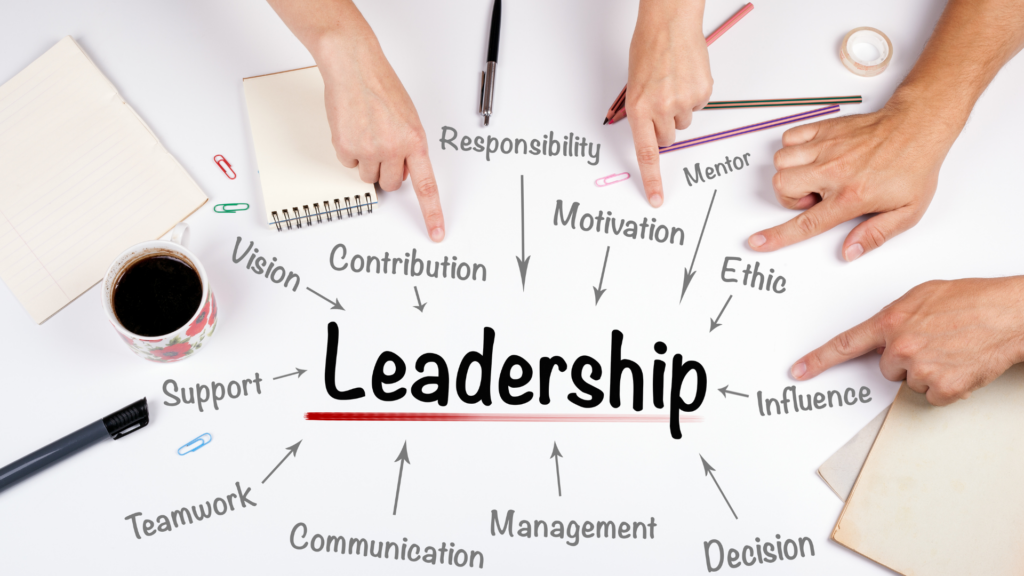How many times have you cried in front of your team? How many times have you admitted to not having all the answers or feeling unsure about the direction ahead? In the traditional realm of leadership, these instances might have been considered taboo or signs of weakness. Leadership often conjures images of authority, strength, and unwavering confidence.
However, things are changing. Vulnerability, previously avoided in leadership circles, is now being acknowledged as a crucial and transformative skill.
Vulnerability in Leadership
Dr. Brené Brown’s book Daring Greatly emphasized something important: many companies talk about letting people bring their true selves to work, but not many actually make it happen. She explained that for this to work, everyone needs to feel safe, heard, and respected. And it starts with leaders practicing being vulnerable so that their team members feel comfortable and are encouraged to do the same.
Here at Civility Partners, we’ve made a place where it’s safe to be vulnerable. Starting with our CEO, Catherine Mattice, being so open with us about her experiences that we’ve felt safe sharing ours too, This kind of openness has helped us create amazing things together. Check out her story here.
The cool stuff we work on? It’s all from this trusting atmosphere that our leaders helped build by being honest and real as leaders.
Vulnerability in leaders has not just grown culturally acceptable, but in many cases, it’s welcomed and encouraged. As emerging leaders, it’s up to you to set the tone for your workplace and build environments where vulnerability is celebrated. Innovation thrives in spaces where vulnerability is embraced.
Strategies for Embracing Vulnerability in Leadership
Let’s dive into some strategies that leaders, just like you, can use to make vulnerability a superpower in how you lead.
Lead by Example:
Leading by showing your own vulnerability can be powerful, and it doesn’t mean losing professionalism. To begin, there are two significant ways you can start this approach:
Firstly, remember that everyone, even leaders, makes mistakes. Admitting and learning from mistakes fosters trust and growth within a team.
Secondly, helping others grow benefits the entire team. Supporting and nurturing the skills of team members contributes to collective success.
Sometimes, leaders might feel competitive when someone else shows leadership skills. But it’s more valuable to be vulnerable and acknowledge and support those skills in others. This lifts the whole team up.
Create Psychological Safety
Set up a safe space where team members feel free to share what’s on their minds—whether it’s ideas, worries, or thoughts—without worrying about being judged.
This environment of openness helps everyone feel heard and valued. It also fosters a culture where diverse perspectives are welcomed, leading to more creativity and stronger teamwork.
To help you gauge and improve psychological safety within your team, we offer a free assessment on How To Measure And Increase Psychological Safety On Your Team. Check it out!
Overcome the Fear of Vulnerability
Facing vulnerability might seem scary, but it’s important to know that being open and vulnerable isn’t a weakness. It’s actually a brave way to show your true self and authenticity.
It takes courage to share your thoughts and feelings openly, and doing so can build stronger connections and trust among team members. Embracing vulnerability often leads to deeper relationships and a more supportive work environment where everyone feels comfortable being themselves.
Cultivate Emotional Intelligence
Developing emotional intelligence allows leaders to manage their own emotions and be receptive to others’ feelings.
As you enhance your emotional intelligence, you’ll find it easier to navigate challenging situations calmly and connect more profoundly with your team. This deeper understanding creates a foundation of trust and respect among everyone, shaping a workplace where support and collaboration thrive.
Conclusion
Vulnerability stands as a beacon of strength. Leaders who dare to be vulnerable pave the way for deeper connections, foster trust, and create resilient, innovative teams capable of navigating the complexities of this modern world.
There are so many more strategies that can help embrace vulnerability in leadership. But I’m going to leave you with these four for now. All of these strategies can be good training and development initiatives, whether for your leadership team or your entire workforce and ultimately help you create a more positive, thriving work environment. Check out our list of training programs and talk to us!
Written by: Jennifer Areola



